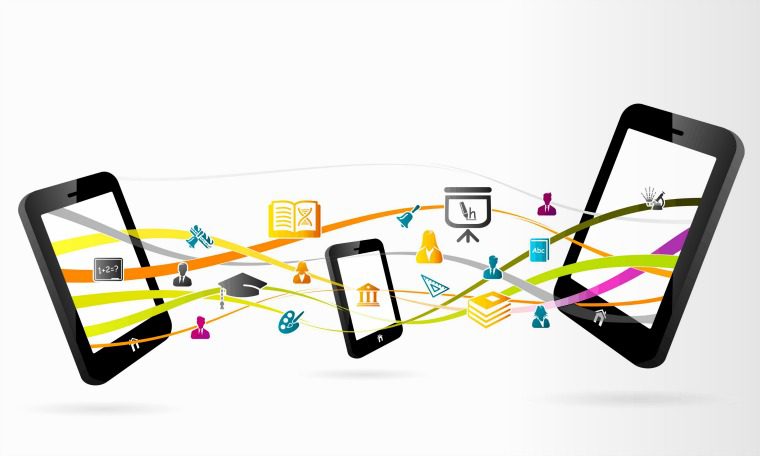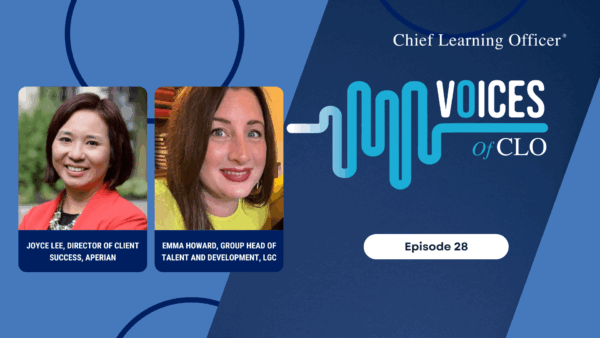 With the explosion of the mobile workforce and the fact that most people use smartphones, it’s no surprise that mobile learning topped watch lists as an emerging trend for 2017. It’s been coming for some time now, and it’s not going anywhere. The mobile learning market may be worth $37.6 billion by 2020.
With the explosion of the mobile workforce and the fact that most people use smartphones, it’s no surprise that mobile learning topped watch lists as an emerging trend for 2017. It’s been coming for some time now, and it’s not going anywhere. The mobile learning market may be worth $37.6 billion by 2020.
As the industry expands, we’ll likely see the rise of mobile gamification and social and collaborative learning apps that can be incorporated into corporate learning programs. But for mobile learning to truly be successful and engaging, it’s important to keep employees’ learning preferences in mind.
Since the U.S. Bureau of Labor Statistics predicts that millennials will make up 75 percent of the workforce by 2030, let’s focus on them. Right now, we know that millennials crave continuous learning and growth opportunities in the workplace. We also know they demand flexibility, and the ability to choose their own resources and access them quickly. Taking these preferences into account, learning professionals who plan to adopt mobile learning as part of their corporate learning strategy should ask the following questions:
- Are we providing employees with different mobile content formats? Not all professionals prefer to read, and not all prefer to watch video. Some like to consume large amounts of content in one sitting — if they have the time — and some prefer bite-sized learning while waiting in line for coffee. By hosting a variety of formats and giving employees choices on what types of content to consume, chances are they’ll engage with an app more frequently. Just make sure the content itself speaks to employees’ interests and business needs.
- Are mobile gamification or social capabilities part of the organization’s mobile learning strategy? We all saw how huge gamification was last year — “Pokemon Go,” anyone? By applying gamification principles to learning, especially in mobile apps, there’s more incentive for employees to actively participate. Tie gamification in with social features, like sharing content recommendations or viewing colleagues’ learning activities, to create a whole new mobile learning experience — one that will draw employees back into the app, time and time again.
- Do mobile learning programs support informal learning? Providing employees with the freedom to discover their own resources and discuss the material in a forum with peers is much more effective at promoting knowledge retention than force-feeding training manuals or required readings in a closed environment. Apps that provide some structure to informal learning by curating useful business resources can be paired with original ideas and shared for feedback, turning learning into an experience rather than a job requirement.
- Do employees have rapid access to relevant resources? Having access to thousands of titles covering specific industries is great. But what employees really want is quick access to the content that is most relevant to their specific learning objective. Taking this a step further, what if — through mobile learning — employees had access to notes that give context to content, especially if the content is recommended by someone else — like a manager? Receiving context makes for a more fruitful learning experience.
Weighing different engagement factors like those discussed in the aforementioned questions is crucial to select the right technology with which to support a mobile learning strategy. Of course, the flexibility to learn and to access content on the go doesn’t just apply to millennials. Anyone can appreciate having mobile learning as an option, especially in today’s fast-paced world.
Brandon Hall Group’s 2016 “HCM Outlook” survey reports that mobile learning is among the top three learning priorities for companies this year. Will your company hop on this trend? If so, be sure to choose the options and strategies that best support informal and collaborative learning for maximum engagement.
Heather MacNeill is the head of communications for BlueBottleBiz, a collaborative learning platform.

















